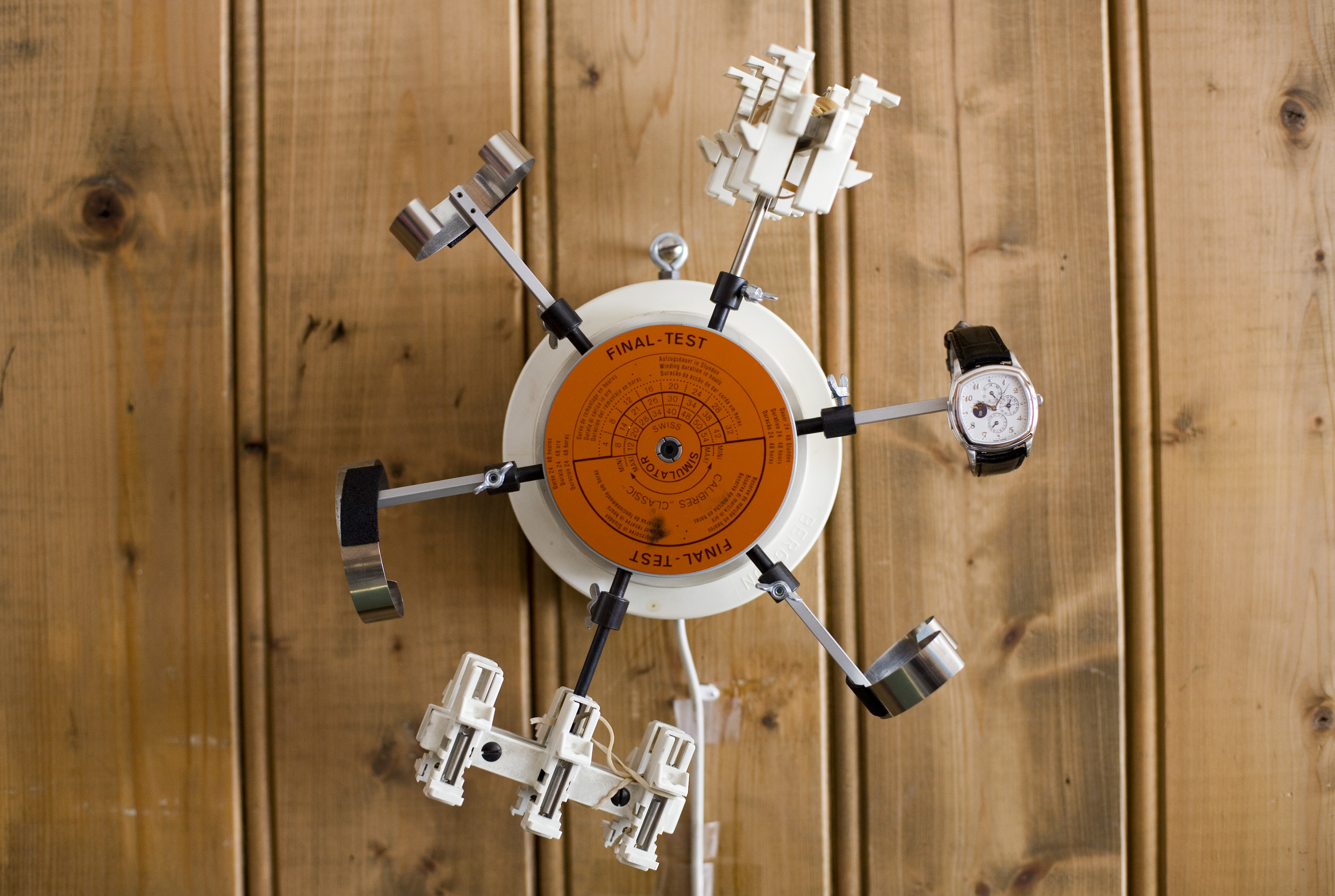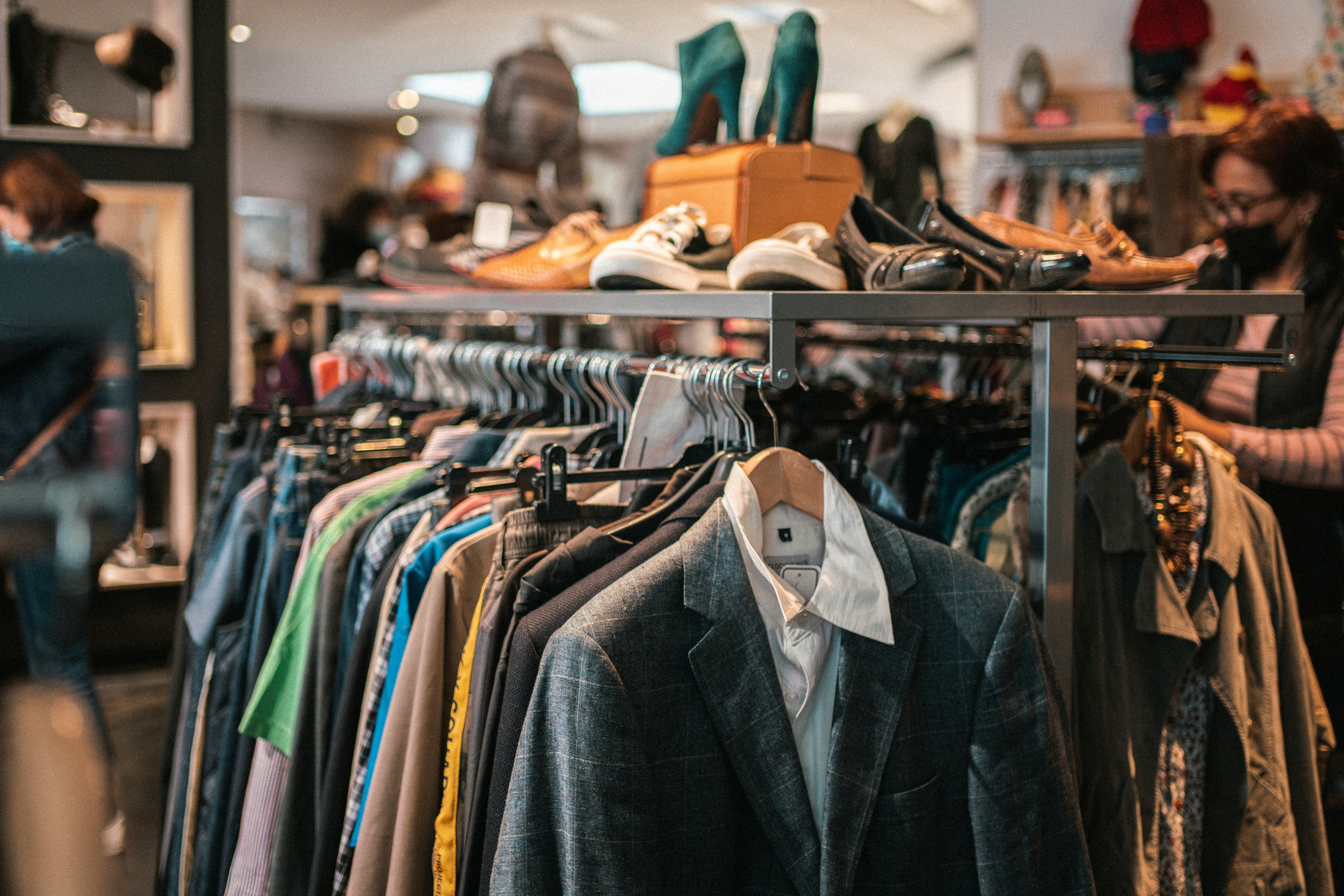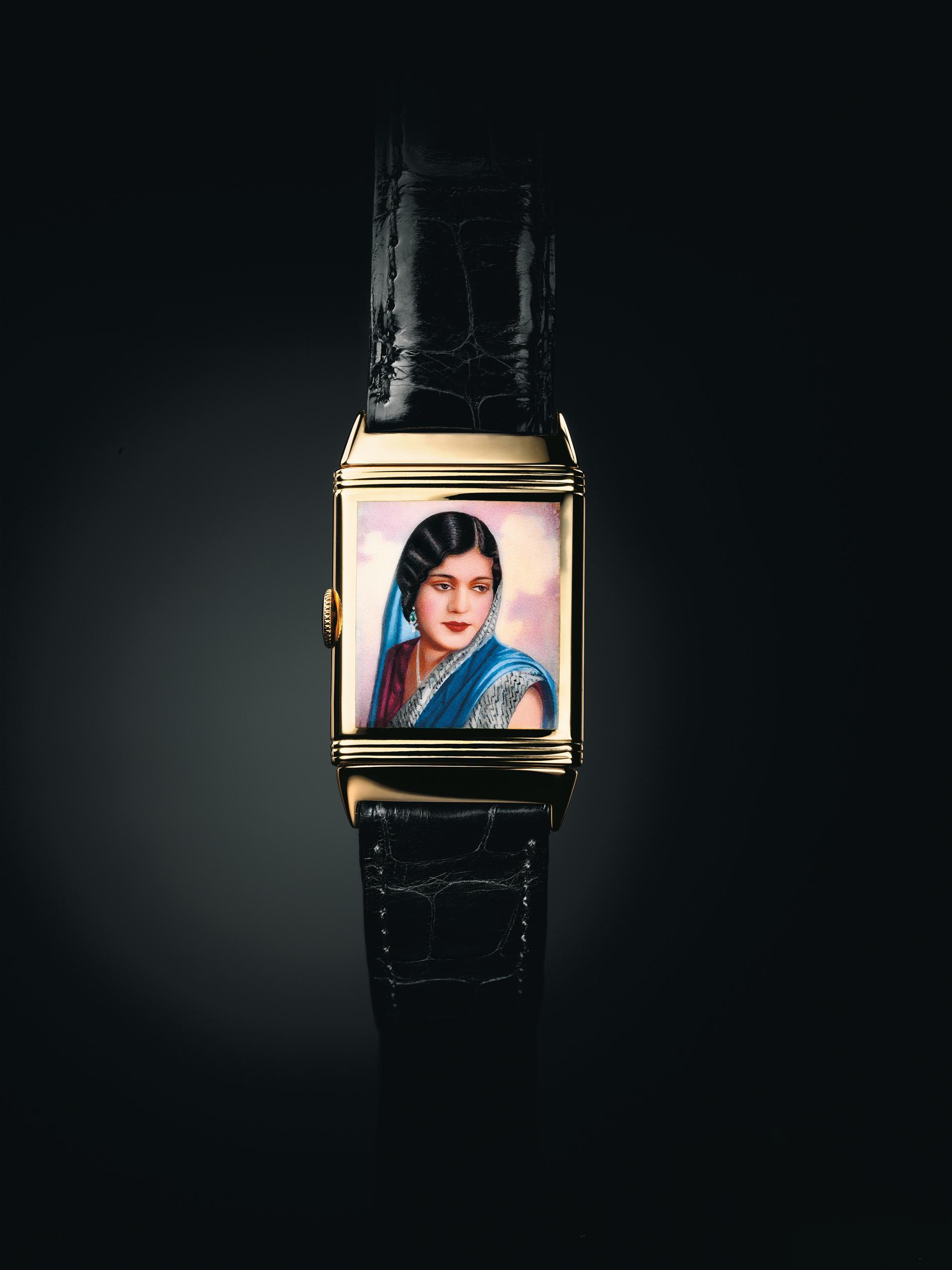Luxury watches for cheap: a booming business

Destocking new watches and selling them through alternative channels is a taboo subject in the Swiss watchmaking industry. It’s a growing phenomenon spurred on by the business slowdown in some regions of the world and the fact that retailers are drowning in unsold goods.
In watchmaking circles, they call him Momo the Cleaner. Maurice Goldberger, founder and manager of Canadian company Chiron Inc. specialises in the sale of unsold goods manufactured by the most prestigious brands. His business is booming. In 2015, he bought around the world more than €500 million (CHF541 million) worth of new luxury items which could not be sold through official channels, including nearly CHF150 million worth of watches and jewels.
“2016 got off to a flying start and the market is still expected to grow over the next few years,” he gloats in a telephone interview with swissinfo.ch.
Goldberger often travels to Switzerland to negotiate with watchmakers. Very discreetly.
The brands may seek his services but they are very careful not to pose for pictures next to him. He won’t reveal anything either about the identity of his Swiss suppliers or his clients. Also, he never wears any timepiece on his wrist in order to avoid it being misrepresented. His internet site has a grand total of three addresses – in Malta, the United States and Canada – and an email address (he answers emails almost instantaneously).
All watchmakers are eager to cultivate the concept of exclusivity associated with their products and they are aware of the danger that such practices entail for their image.
“The ambiance, the experience and the service provided in an official store are very important for the prestige of the brand. There is a real danger that control may be lost when new watches are sold by alternative channels at knock-down prices,” says François Courvoisier, professor of watchmaking marketing at the University of Applied Sciences of the Jura region.

More
On the trail of luxury watches in the Jura
In North America mostly
Yet Goldberger believes he is an essential cog in the wheel of fine mechanics by which the watch trade operates. “Unsold goods are a fact of life, no company can avoid this. When stocks accumulate, they mobilise important capital which cannot be used for investments in new equipment or new models, for instance.”
Goldberger’s trade has always been around. But with new collections being launched ever more often, the internet sales boom and the increasingly industrialised production of high-range watches, the phenomenon has grown. So much so that, according to estimates, one Swiss mechanical watch in four is sold through alternative channels at a reduced price.
These structural changes are compounded by a cyclical factor. Watchmaking has faced an unprecedented slowdown since the 2008 financial crisis. A number of reasons have been given for this: sluggish growth in China, war in Ukraine and in the Middle East, plummeting oil prices, the strong Swiss franc.
“Many dealers did not see these geopolitical changes coming. They find themselves burdened with large stocks of unsold items which are less attractive as time goes by. This is a problem for brands because retailers do not have the cash or space to buy new collections,” Goldberger says.
At a time when stocks are overflowing in Hong Kong or China, many timepieces are heading for outlets which have stores in the United States or Canada.
“Our growth is particularly strong in North America, where buying a second-hand watch at a cheaper price is seen as a smart thing to do. Things are more difficult in Europe and Asia because people are reluctant to admit that they cannot afford new items at full price,” he says.
Distinguishing genuines from fakes
In Biel, one of Switzerland’s main watchmaking towns, the Swiss Watchmaking Industry Federation says it has “next to no information” about this growing phenomenon.
“Officially, there is no such thing as destocking. Some companies go as far as to get their official distributors to sign a contractual prohibition. But we can see that the reality is quite different,” says Michel Arnoux, head of the federation’s anti-counterfeiting department.
For lovers of beautiful watches who may not have a sizeable bank account, acquiring a prestigious timepiece with a 30, 40 or 50% discount, if not more, can, on the face of it, be a real bargain.
But Arnoux has a word of caution: “Counterfeits and genuine products are mixed together in second-hand shops and outlets. This is a fact. This makes the situation very complicated for customers, even if they have in-depth knowledge of watch products. The same applies to stolen watches which systematically end up for sale through these alternative channels.”
On the internet, where Swiss watch sale sites abound, the danger is even greater, warns Michel Arnoux: He says many people sell watches which they describe as second-hand products or from the “grey market” (not the originally intended market), “when in fact they are sheer counterfeits”.
Maurice Goldberger, for his part, says all his products are sold on through proper channels – outlets, ad hoc private sales, etc. – and in the geographical areas selected by brands.
“I do not fuel the grey market,” he says. And what about the internet? “There are thousands – dozens of thousands even – of e-commerce websites but only a hundred of them have a good reputation. I only work with these people.”
Need for transparency
You could be forgiven, however, for getting lost in the jungle of sales channels offering Swiss watches at a reduced price on the grey market, through dealers who are not official but tolerated by brands, whether they are (not quite) second-hand watches or counterfeits which look increasingly like the genuine article.
“When one compares for instance with the car market, watchmakers are fighting yesterday’s battles when it comes to the sale of second-hand products on alternative channels, on the web in particular,” says Courvoisier.
An idea would be to list retail outlets licensed by brands or to set up a kind of watchmaking version of the travel review website TripAdvisor. Consumers would then be able to give ratings to their dealers on the basis of product quality or after-sales service.
“We are still a long way away,” says Courvoisier. “Swiss watchmaking is a world with a culture of discretion, secrecy even. But it should be more transparent.”
Translated from French by Beatrice Murail

In compliance with the JTI standards
More: SWI swissinfo.ch certified by the Journalism Trust Initiative













You can find an overview of ongoing debates with our journalists here . Please join us!
If you want to start a conversation about a topic raised in this article or want to report factual errors, email us at english@swissinfo.ch.